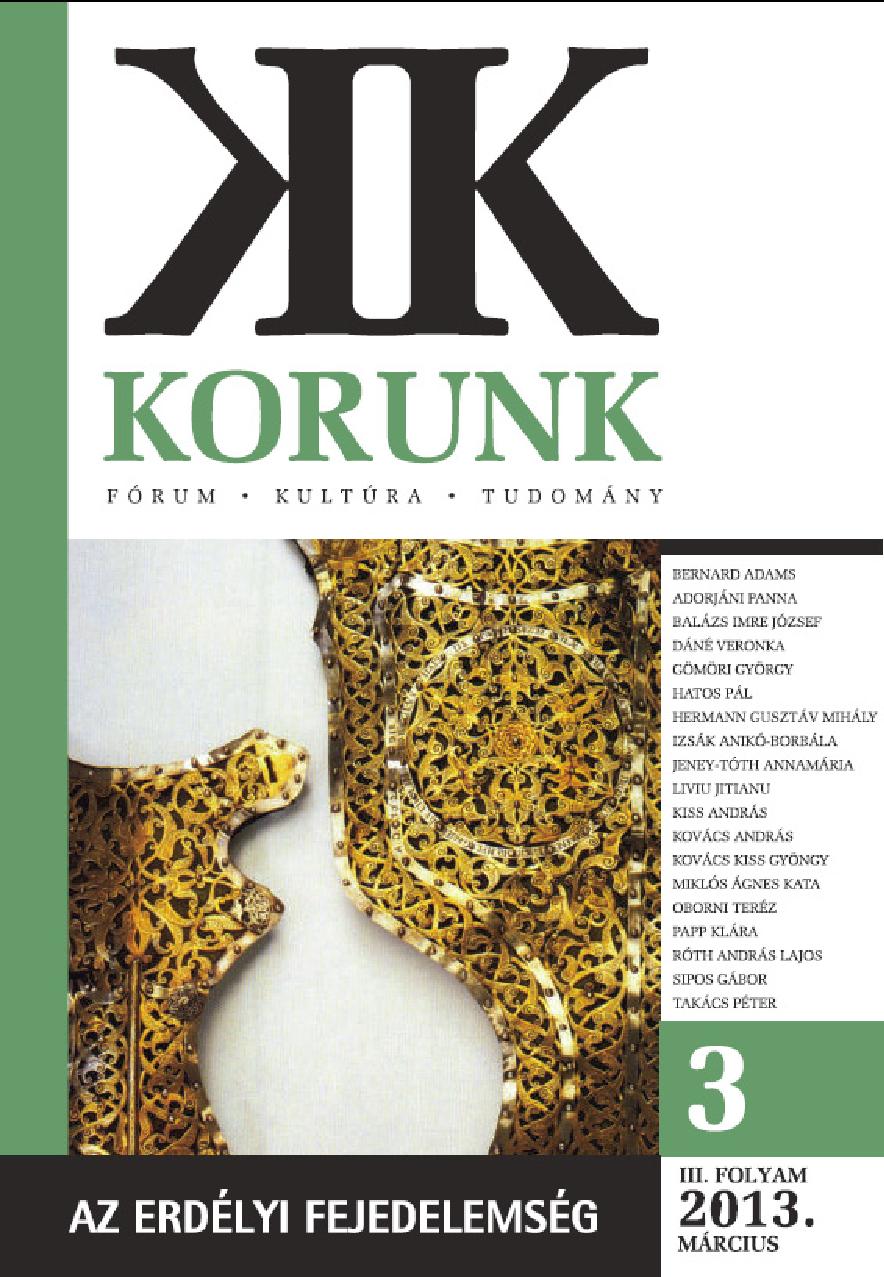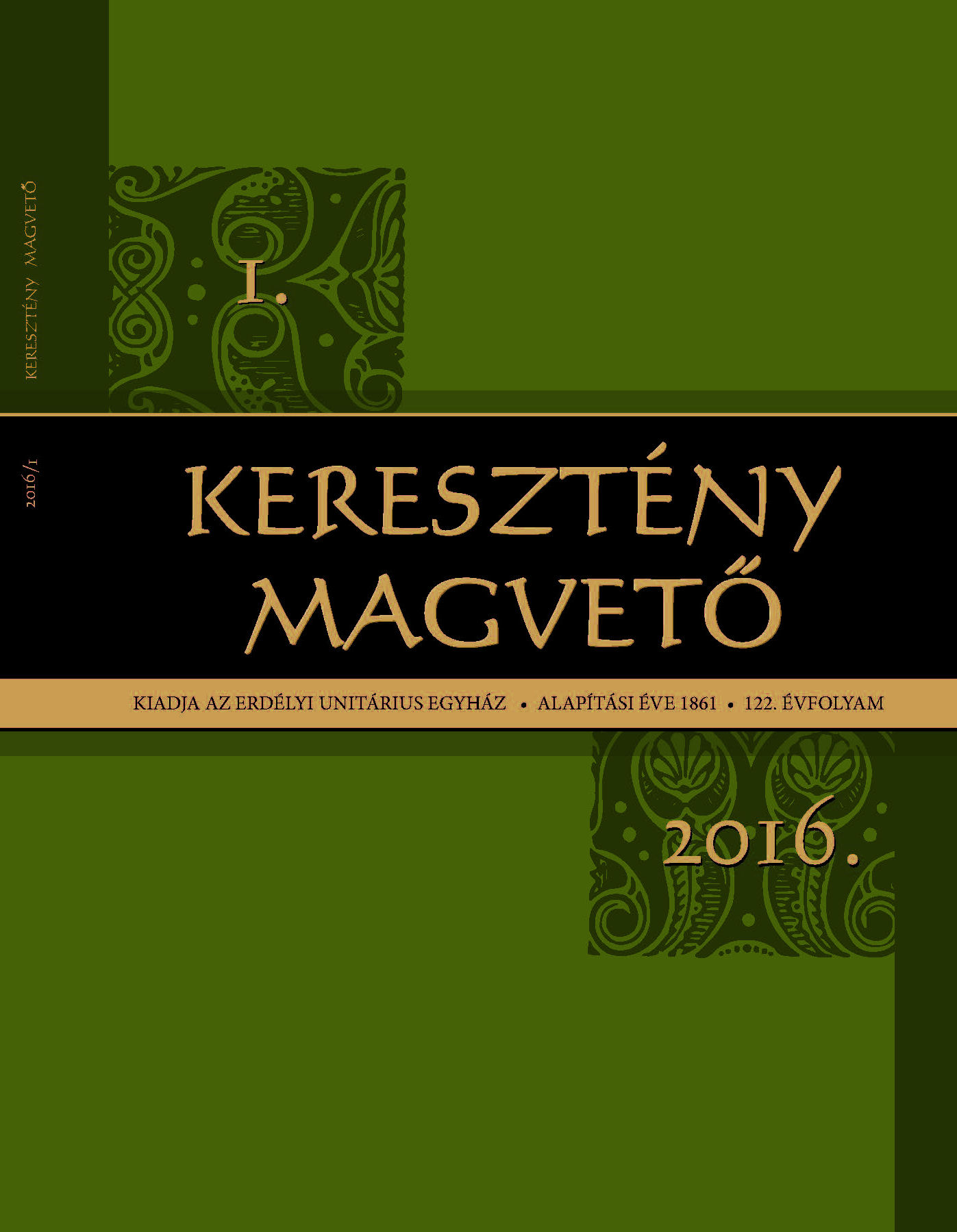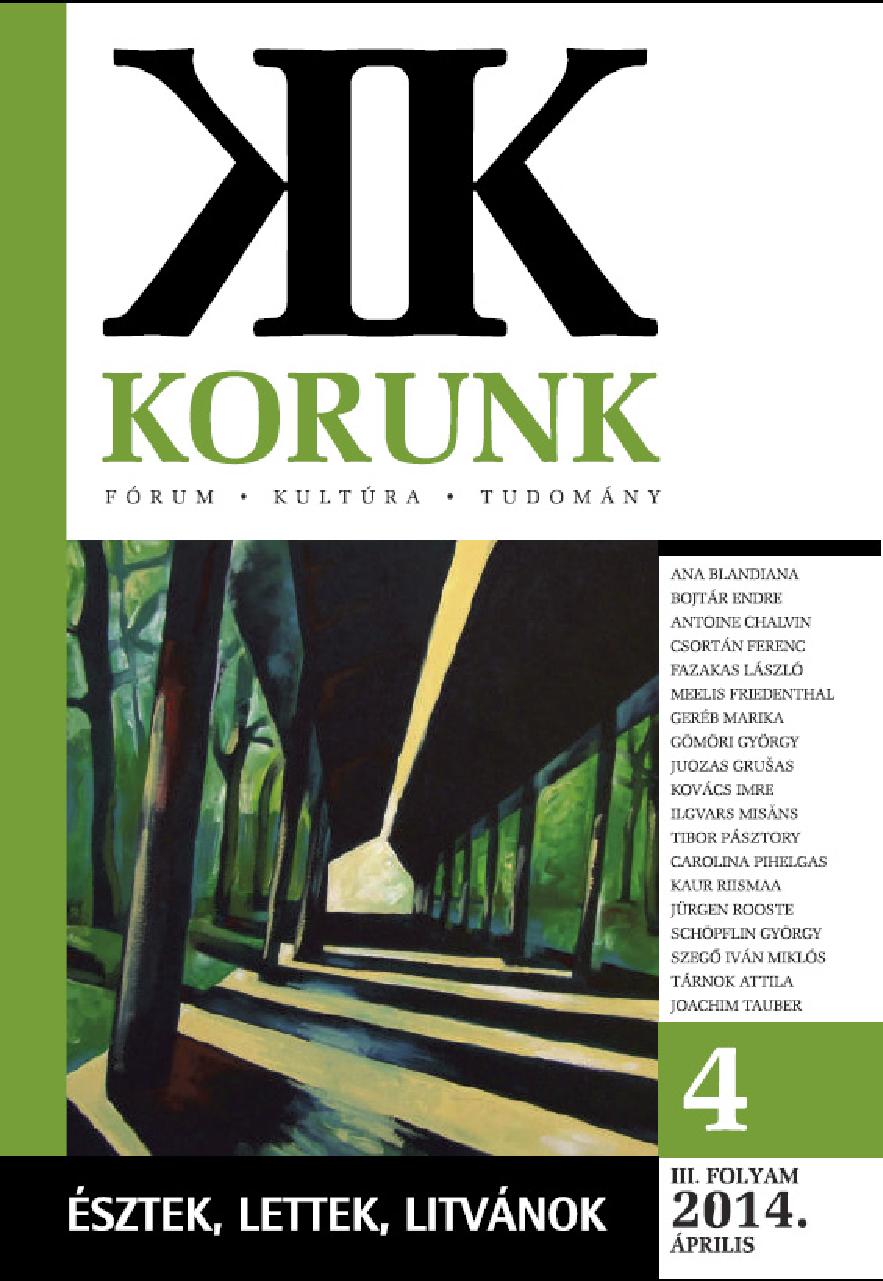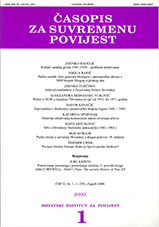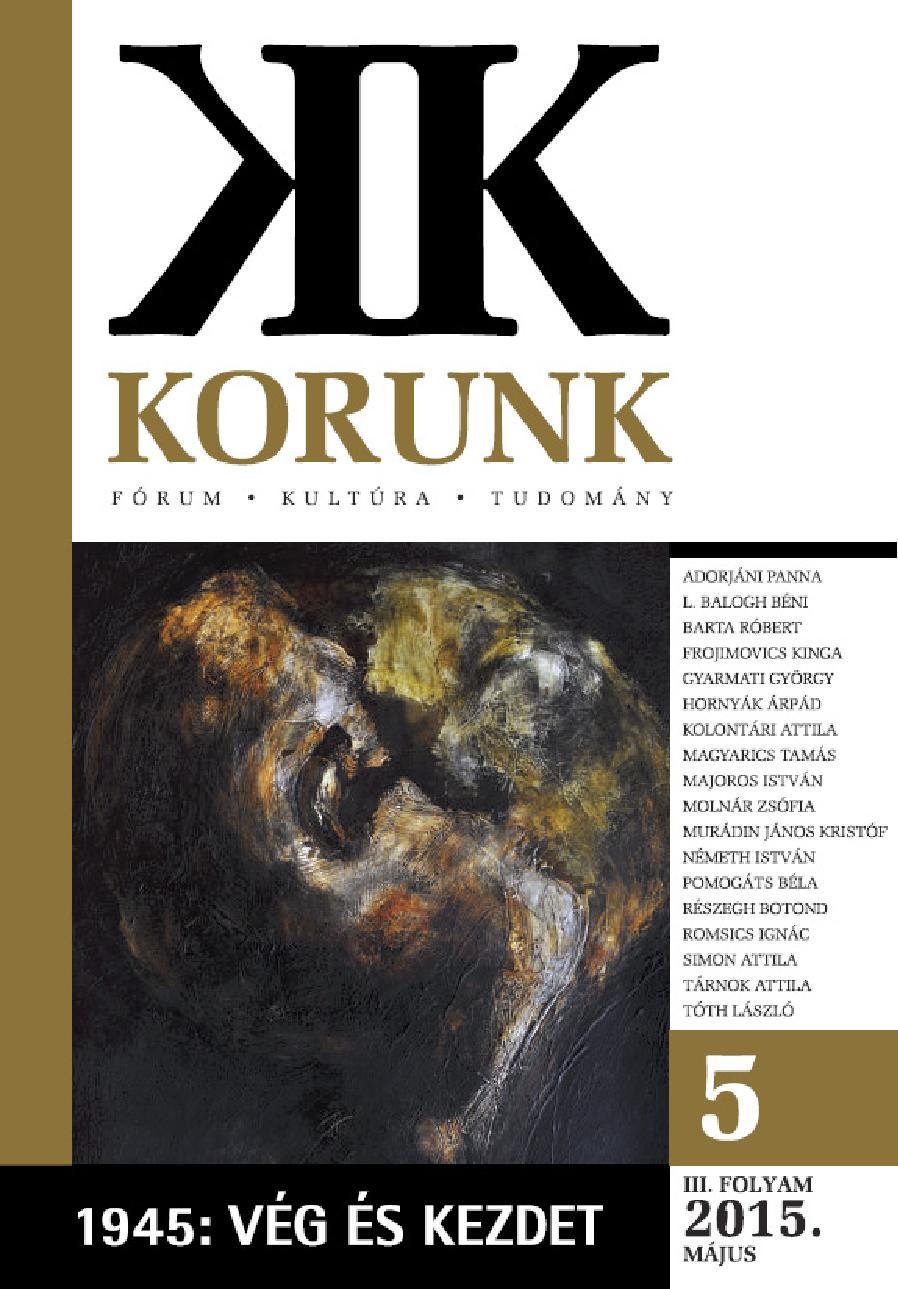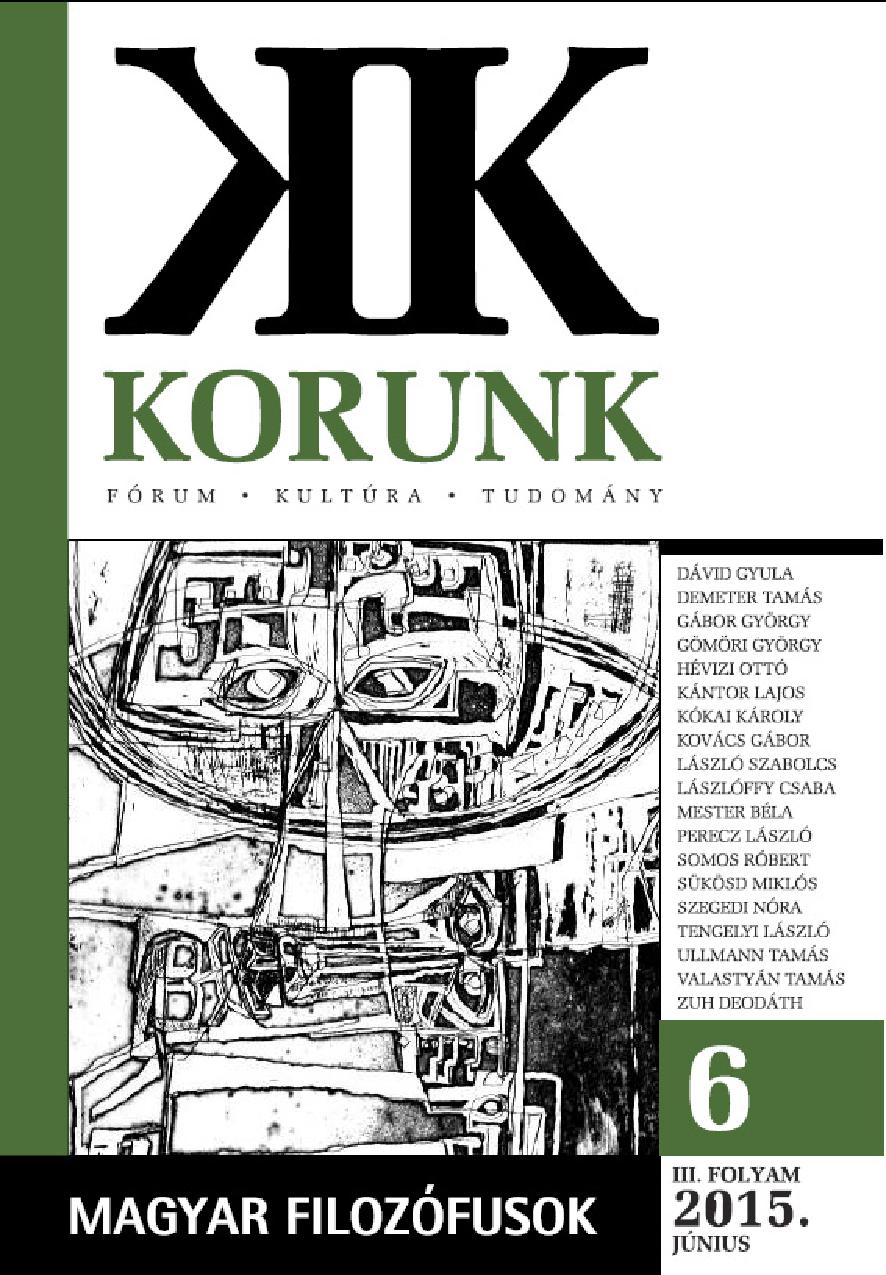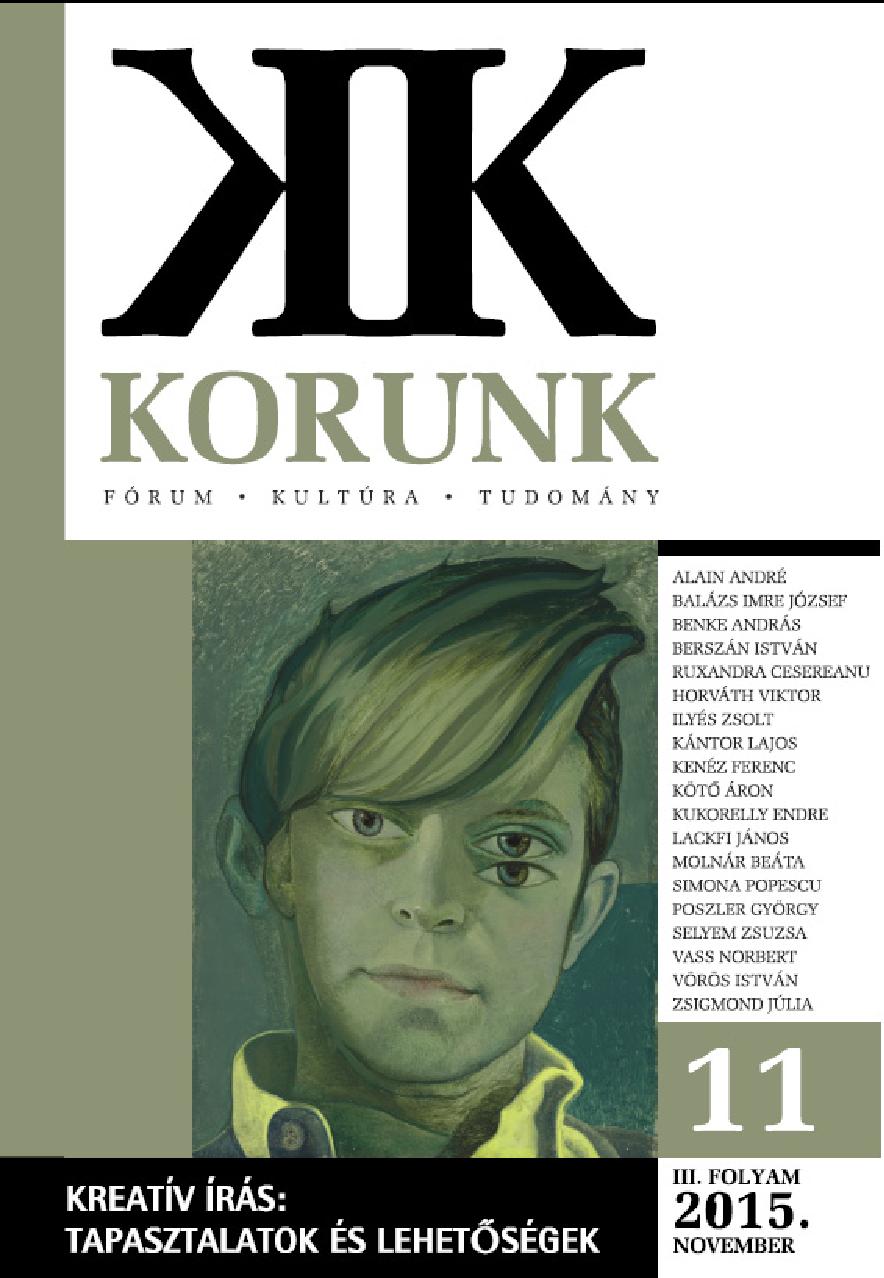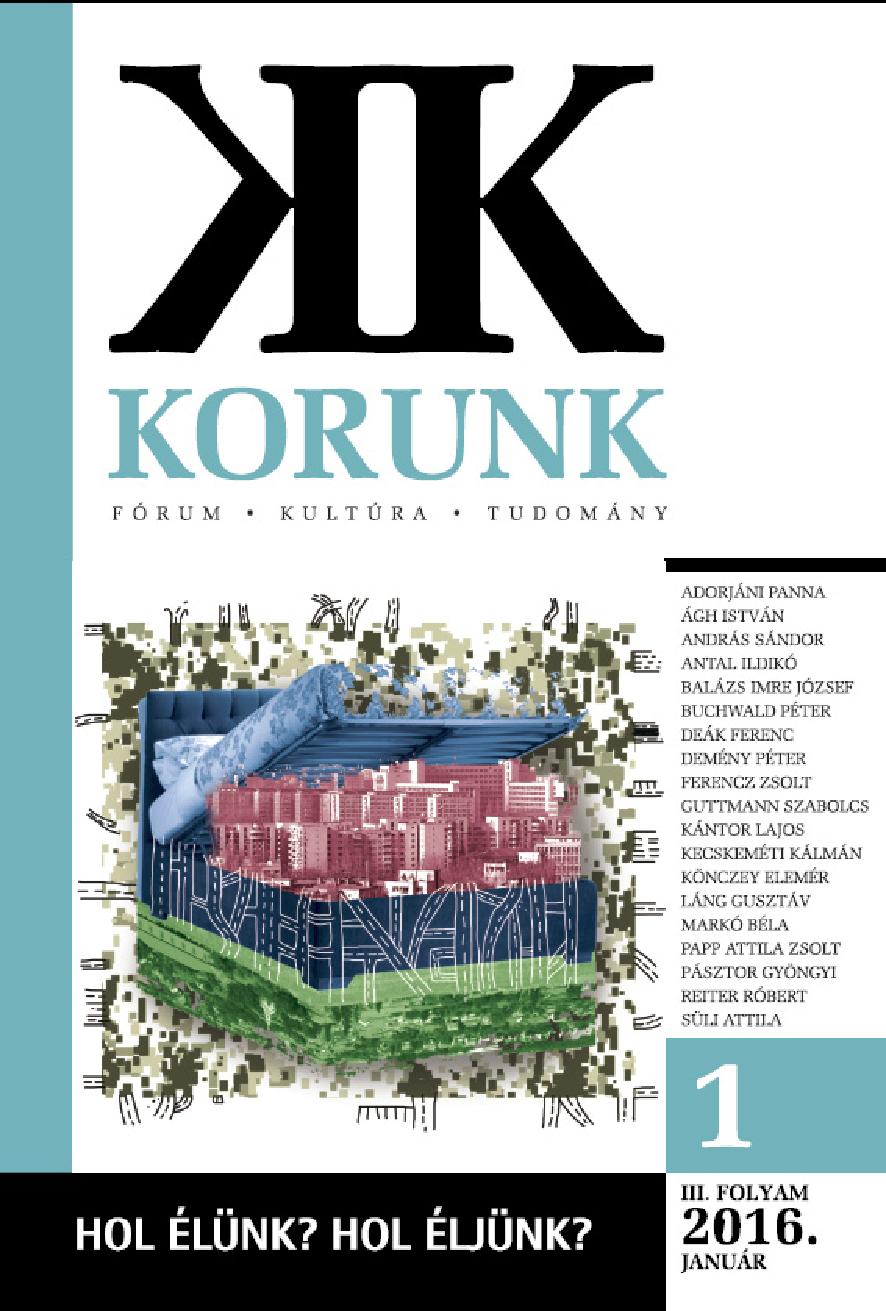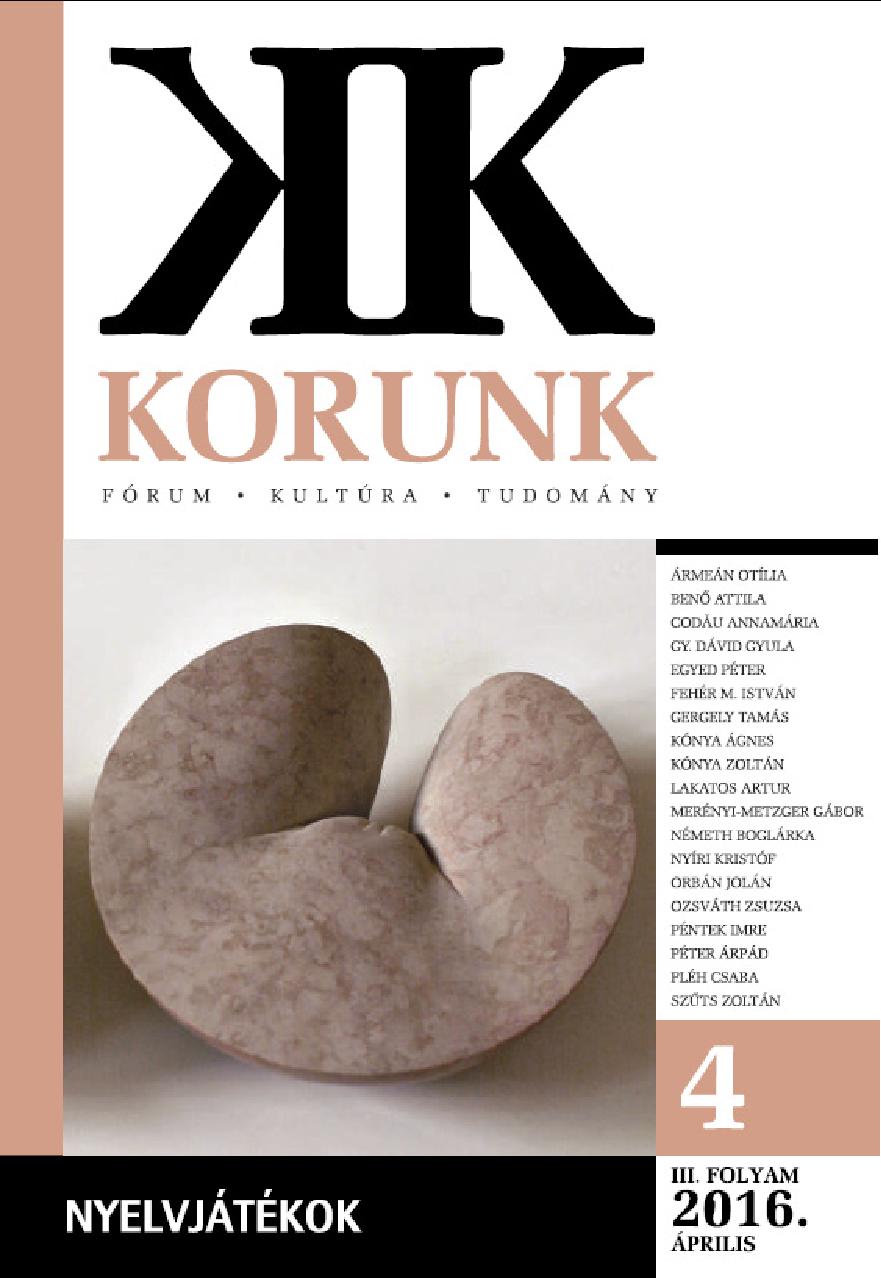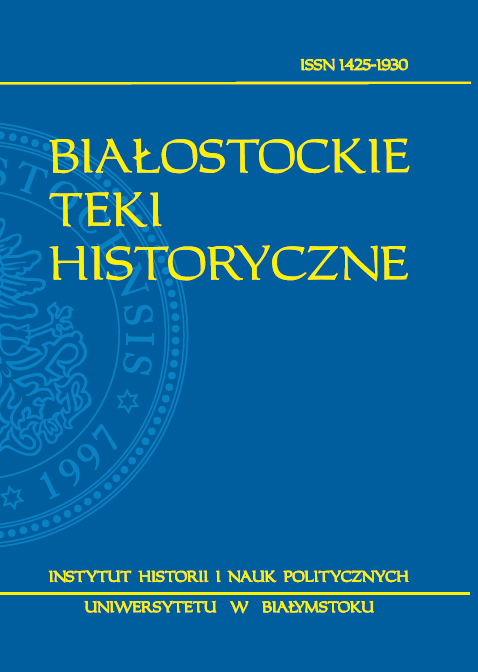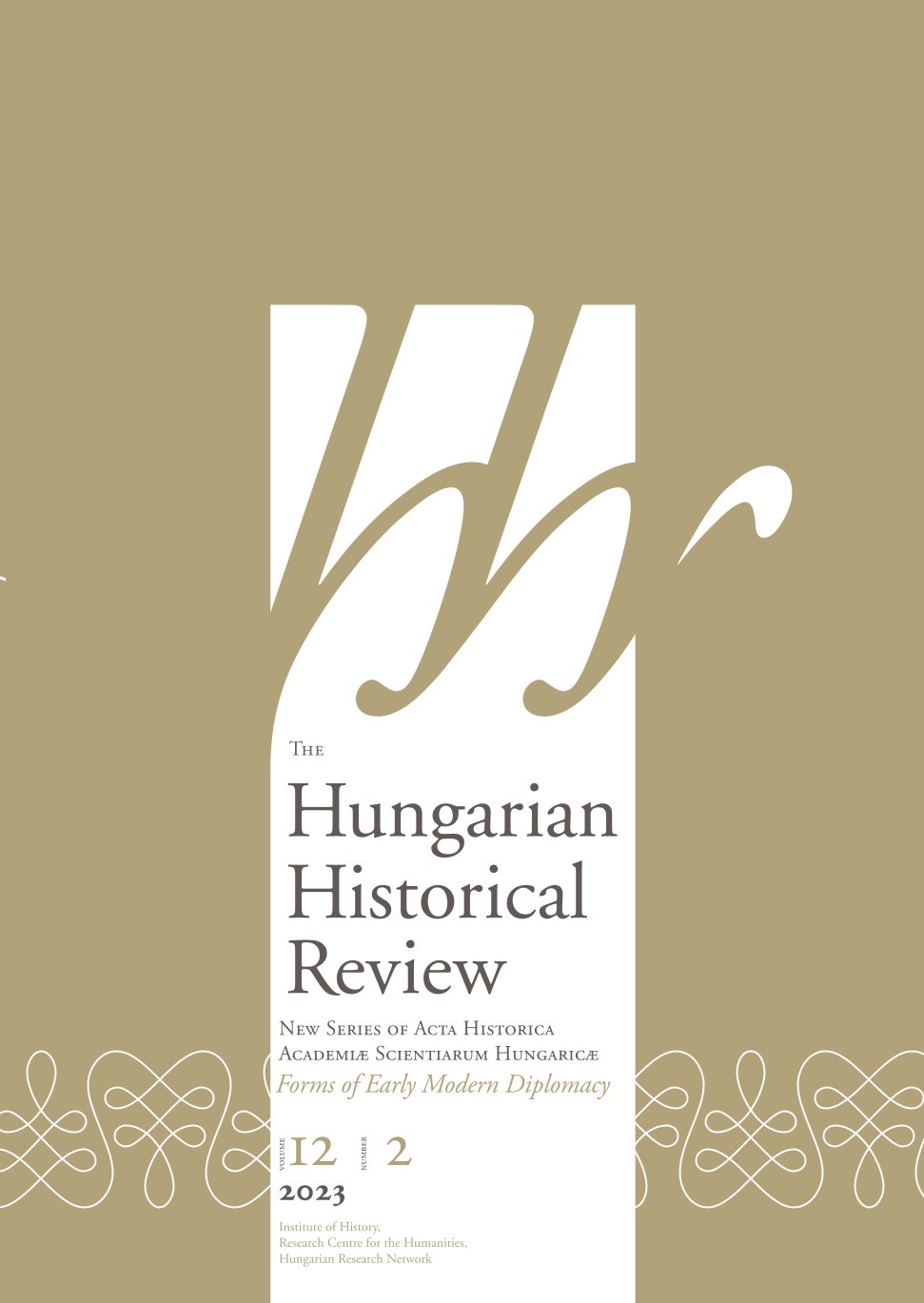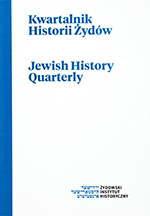
Żydzi w koloniach angielskich w Ameryce w XVII i XVIII wieku
The article deals with the presence of Jews in English colonies on the American continent, i.e., before the American revolution. In terms of numbers or percentages this presence was not significant but it should be noted that, as opposed to the situation in Europe, there were never any acts or prejudice against the Jews in the colonies, and what prejudice there was concerned any religious group other than the predominant one in the given colony. At the same time, the Jewish colonists formed a far less closed community than in Europe and intermarriage was relatively frequent. However, this always meant the conversion of the Jew or Jewess to Christian faith, as the opposite situation could lead to the emergence of anti-Jewish sentiment. This could lead to acculturation, all the more so as the Jews followed the local custom and ttire, and there were no rabbis in the colonies. Since the mid-18th century, Jews living in the colonies could become naturalized British citizens, without even being required to renounce their faith. For all these reasons, when the American state was born, its Jewish citizens never felt treated as an alien element like in Europe and could become fully integrated with the community around them.
More...
